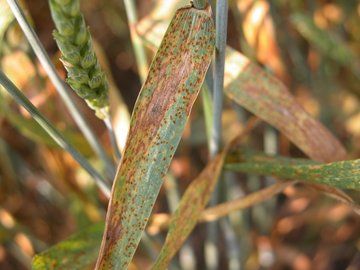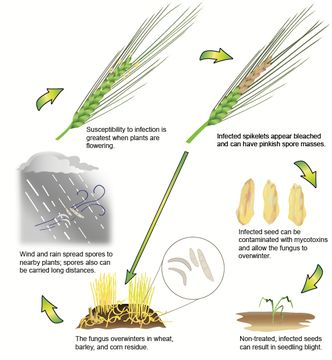Plant Health Progress
@planthealthprog.bsky.social
110 followers
2 following
15 posts
A peer-reviewed, multidisciplinary journal of applied plant health and crop protection. Published by The American Phytopathological Society.
Posts
Media
Videos
Starter Packs
Reposted by Plant Health Progress
Reposted by Plant Health Progress
















